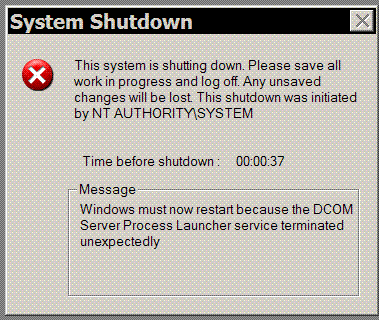I recently had the opportunity (need?) to do some business through the RentACoder website. If you're not familar with RentACoder, it is an online clearinghouse for contract programming and data entry. It has an interface for potential buyers to submit bids and coders to respond with offers to do the work. If an offer is good enough, it is accepted and payment funds are kept in escrow by RAC. While a bid is in progress RAC provides arbitration services and limited schedule tracking. Communications between the parties can be done through the website, in which case they are considered binding by RAC's arbitration process.
The work I had done through RAC was pretty simple and easy to specify: extract a specific table from each of 1,200 PDF files and translate it to CSV format. The difficulty is that these were scanned PDF files and not generated with embedded text data, which made it a very manual process. Image quality was low enough that OCR software was highly unreliable.
After dividing the work into 11 phases, I submitted a bid request and got around 20 bids within a couple days. The bids all ranged between 50-100% of my maximum amount and, with one exception, were entirely from coders in Pakistan, India, or Romania. The exception, a guy in Colorado, backed out as soon as he saw that the PDF files were scanned rather than textual. If you are an American paying for an American lifestyle, and are considering offering your services through RAC, you ought to consider with whom you're competing. You need to be very specialized or willing to work for low wage rates to be competitive. From the point of view of a buyer on RAC, the coder could be located on Mars and it wouldn't really matter all that much: this is true globalization at work.
Anyway, the rest of my RAC story is that there is no story. Over the course of about a month, I entered and completed RAC contracts for all 11 phases of work plus a re-entry phase for verification. Basically all of the contracts were on time, on budget, and of high quality. RAC did it's job and there were no problems. Admittedly, my bids were for limited, easily specified work, but I'd do it again in a heartbeat.

